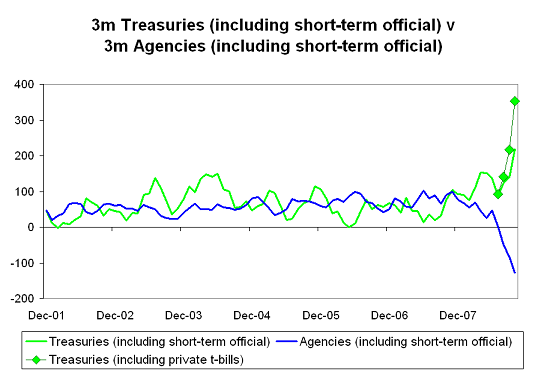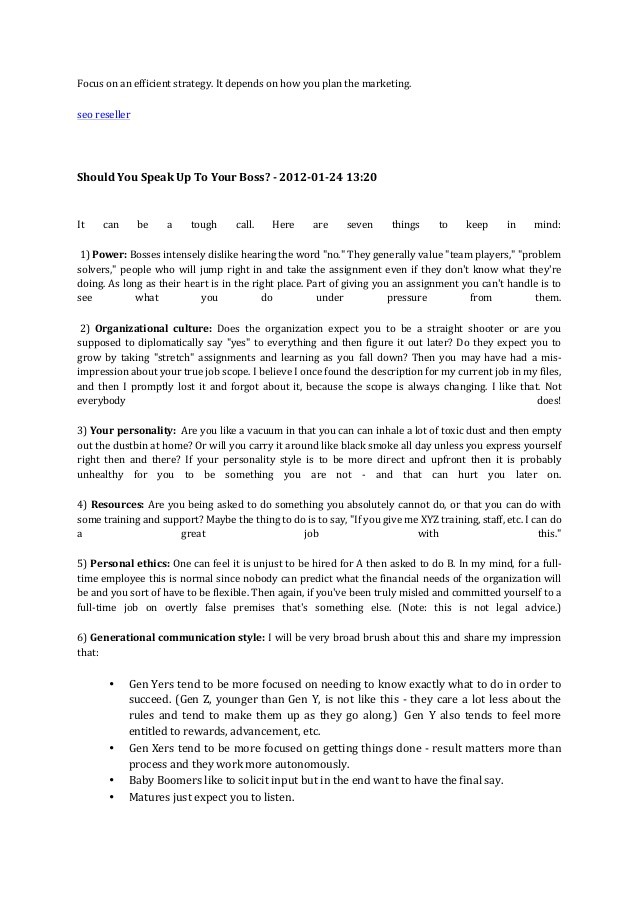Why Covered Calls Are Riskier Than You Think_1
Post on: 22 Февраль, 2017 No Comment

Traditionally, when you’re coming to options from the world of stocks, the first strategy you learn is to sell covered calls. There are some positive things worth saying about covered calls, but many of the purported advantages are mythical. My intention is to explain why covered call selling is actually a moderately risky approach.
What are some of the myths most commonly told to new options traders? One of the biggest is the notion that there is any meaningful distinction between investing for income and simply trading. For example, the income produced by selling the call option in a covered call trade is no different from the trading profits that would accrue in an account had you sold the call without first buying the stock. More importantly, what happens to that cash flow — whether you call it income, profit, cheese, or whatever — after the short call expires?
If you’re like most traders, you leave those profits in the account and may use them as capital to place a new trade; in that case, there is literally no reason to call it an income trade. If you actually withdraw the net gain from the call and use it buy some groceries or a new couch, then the income argument is a little more reasonable. (But even then: what happens after a loss? If the account is replenished, or if the lost income is not offset by a reduction in spending or etc. then there’s still no clear distinction between trading for profits and investing for income.) Ultimately, I think the income jargon is just a question of marketing and wordplay: some investors like to think of themselves as conservative and income-oriented when in fact they’re just traders with a slightly longer timeframe.
Similarly, the downside protection supposedly offered by a covered call position is so small it is almost misleading to refer to the change as protection at all. Strictly speaking, a long stock position has slightly more downside risk than a long stock + short call position. But the difference is just the amount of premium collected, and if you’re selling one call for every 100 shares owned, as a percentage of the capital at risk in the stock, the short call premium will always be a relatively trivial amount.
That’s why I think systematically selling covered calls is a very risky approach: not because of the options, actually, but because of the long stock component. A long vertical call spread or collared stock position may have similar upside potential to the covered call trade, but the former trade types will not get wiped out if the underlying asset really tanks. The price of a stock may go to zero, but for a risk-defined options spread, you can always know in advance exactly how much it will be possible to gain or lose.

OptionsProfits can be followed on Twitter at twitter.com/OptionsProfits
Jared can be followed on Twitter at twitter.com/CondorOptions
EXCLUSIVE OFFER: Jim Cramer’s Protg, Dave Peltier, only buys Stocks Under $10 that he thinks could potentially double. See what he’s trading today with a 14-day FREE pass.














